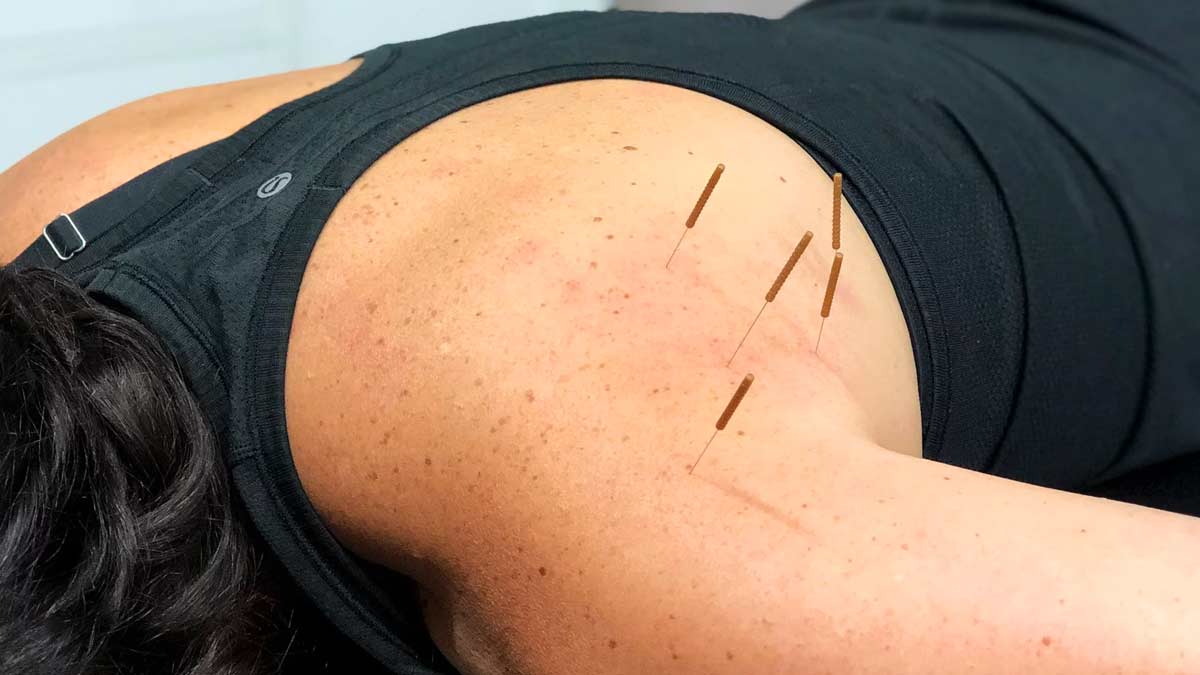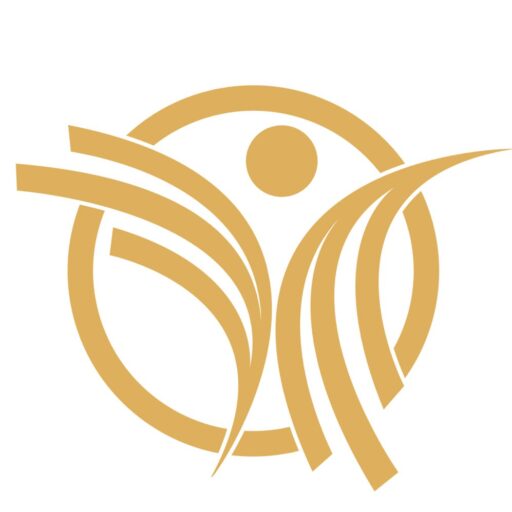
Dry Needling is a well-known procedure that Physical Therapists use when dealing, for example, with muscle pain or muscle dysfunctioning.
It entails the use of thin needles that are inserted right at the site of the tender and stiff muscle tissues to get rid of the discomfort, restore the lost articulated movement and boost the performances of the muscles.
However, a common question among patients and practitioners is: That brings us to the question about how often the dry needling should be done?
Factors Influencing Dry Needling Frequency
Different parameters determine the frequency of dry-needling methods. The severity and duration of the disease are major determining factors in the type of diet that the patients should follow.
Suffering from acute conditions or new injuries, the patient needs more appointments in the first days, two to three times a week, to resolve pain.
On the other hand, chronic conditions may require perspective sessions, which may take place one to two weeks apart, to allow the body time to recover from the treatment session.
The other consideration is the outcome of dry needling from the side of the patient. While some patients notice an improvement right after the session and can apply the procedure at a longer interval, others require additional sessions to have the same beneficial outcome.
Also, the response of an individual to pain and overall tolerance during every treatment session determines the possibility of extending the time between the next session, as some patients are very sensitive to needling.
General Guidelines for Dry Needling Frequency
As every patient’spatient’s needs are unique, there are certain principles that practitioners adhere to.
For acute conditions, the initial treatments can be three to four times a week for the first two to three weeks. Depending on the improvement in the patient’s symptoms, it is always possible to reduce this to once a week or biweekly.
In chronic disorders, weekly sessions are initially chosen, and then the interval is indicated to be progressively longer as the symptoms are reduced.
It is also important to ensure that dry needling is a part of other forms of therapeutic approaches.
Adding needling to the PTs, manual therapy, and explaining proper posture and ergonomics may improve the results and decrease the patients’ demands for further sessions of needling.
Monitoring and Adjusting Treatment Plans
It is essential to constantly check up on the patient and modify them as needed, depending on their condition.
Practitioners should take regular assessments regarding pain, flexibility, muscle stiffness, and general functional changes.
A patient must attend this process regularly, and if they make remarkable improvements, the number of sessions that involve dry needling will be reduced.
On the other hand, if the progress being made is behind the normal estimated rate, this may call for an increase in the chosen treatment regimen or modalities or the inclusion of other therapies.
Feedback from the patients is quite useful in this process. Sharing with the patient how one feels after each session, changes in the symptoms and general satisfactory levels concerning the frequency of sessions assists in modifying the treatment schedule in case of any changes.
How Regular Dry Needling Can Prevent Recurrence of Symptoms
The effectiveness of dry needling lies in the fact that if performed regularly, the symptoms are unlikely to appear again.
While addressing the muscle condition, eliminating trigger points, and improving blood circulation and muscle function, IMS can help prevent the recurrence of pain or dysfunction in muscles.
For treating patients with chronic conditions or are predisposed to recurring muscle problems, follow-up maintenance visits, possibly on a monthly or a few-month interval basis, may help maintain the improvement obtained during the active treatment phase.
Rama Care’s Personalized Approach to Dry Needling
Being an experienced health care centre, Rama Care empathised with the fact that the reaction of any person who receives dry needling treatment is not the same.
First of all, an examination of the client is conducted in detail based on individual symptoms, and the second stage is the development of individual treatment.
The nine concepts of care include patient comfort and efficacy, which entails close observation of the patient’s improvement and the frequency of subsequent sessions.
Unlike other treatment centres whose aim is only to help overcome pain for some time, we seek to help you get proper muscle health and your welfare.
- Tags:
- Dry Needling Frequency
